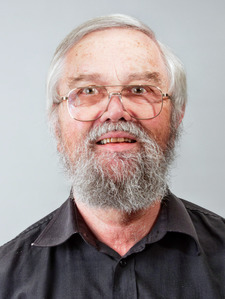
| Greg's panorama pages |
| Greg's photography pages |
| Greg's photo albums |
| Greg's photos |
| Greg's photo index |

|
|
|

|
|
|
I've been stitching panoramas regularly for a few years now, but one of the things that I haven't really succeeded in was to get a full 360° × 180° panorama: the tripod gets in the way when taking a nadir, the view directly downwards. It's a complicated business, and the suggestions I've found on the web don't exactly fill me with confidence. Typically they fake it, either by taking a handheld photo or even one from a different perspective and then correcting for it. That only works for the same subjects for which handheld panoramas work in general. There are even people who sell nadir equipment that doesn't fulfil the requirements, like this one, which admits “These will usually be taken from a position that is offset from the ideal NPP (no-parallax point), which requires a more complex workflow during post editing”. Others move the tripod and try to reposition the lens where the other shots were taken. This one looks to be one of the better ones, but it's horrendously complicated.
My previous attempts with the “move the tripod” approach haven't been particularly successful. The real problem is to keep the lens in the same position as the other photos, and that's difficult with those methods I've seen that even bother.
I've been thinking about this for some time, and I've gradually come to the conclusion that the solution is to have a separate stand just for the nadir. I already have a couple of other tripods, so all I needed was a bar to suspend between them, and an Arca Swiss clamp to hold the camera:

With that I can position the bar opposite the tripod with the rotator, so that when the camera is mounted on the bar, the lens is in the same place as when it's on the panorama bracket. I've established that, for my camera, the lens is 6.8 cm from the mounting plate, so the clamp needs to be 13.6 cm from the other one. I cut a piece of wood of that length to help set it up:

|
|||||||||||||||||||||||

|
|
|||||||||
Using it is quite clumsy. I deliberately made the bar as short as practical, but even so it's 1.45 m long, and there are a number of things to pay attention to:
Mounting the clamp proved to be a problem. To do it “correctly”, it should have been horizontal, with the rails vertical, but then the fixing screw fouls the bar. So I mounted it so that it would fit, which meant putting the quick release plate on the camera at 90° to what you'd expect. That has the advantage, however, of ensuring that the slide can't fall out of the clamp if it's not properly tightened.
Attaching the bar to the tripods is not easy. It's better not to screw the tripod mounting plates at each end too tightly. While attaching the bar to each tripod, the quick release plate is going to turn a bit.
Positioning the tripods isn't easy either. In particular, it's easy to get the vertical access out of line, so that the tripod has only two feet on the ground. So far the best solution seems to be to lift the tripod by the bar and let it find its own vertical, but that's only a first approximation, since the centre of gravity isn't exactly along the central axis.
The clamp is on one side of the bar, usually the wrong side. Check that before moving the tripods into place.
Shadows are an issue, as I discovered later. It's straightforward enough to remove the legs of the tripod if they interfere with the image, but it's difficult to control where the shadows of the legs fall.
But finally I took my photos. The surprises weren't over. Clearly there's an issue with keeping extraneous subjects out of the picture:

|
|||||||||||||||||||||||
Apart from the two tripods, there's also part of the third (rotator) tripod, my feet and part of the camera strap. None of that is a problem, and I could have got rid of all of them if I had chosen a longer focal length. As it was, I had to mask them out.
With that, I was able to build a full spherical panorama. That's fine for the flash animation, but the result on the page looks Just Plain Funny. To make matters worse, I could no longer stitch it, so I'll have to investigate further.
| Greg's home page | Greg's diary | Greg's photos | Copyright |